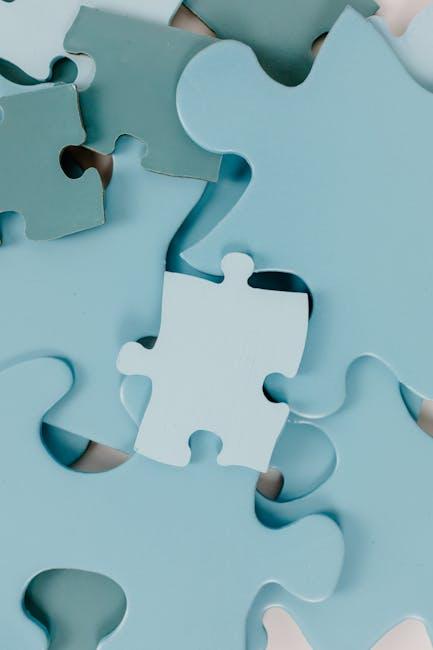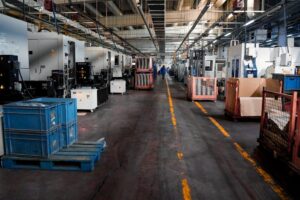AI-Assisted Color Matching Across Multi-Camera Shoots: A Complete Guide
In the realm of video production and photography, multi-camera shoots are essential for capturing dynamic angles and comprehensive storytelling. However, one technical hurdle that consistently arises is color matching across different cameras. Variations in camera sensor calibration, lighting, and lenses often result in inconsistent footage colors, making post-production a daunting and time-consuming task. This is where AI-assisted color matching technology is revolutionizing the industry by automating and refining color consistency across multi-camera shoots.
Why Color Matching Matters in Multi-Camera Shoots
Color consistency is critical for producing visually cohesive content. When multiple cameras are set up with even slight variances in exposure, white balance, or color profile, the resulting footage can look patched together. This not only distracts viewers but also lowers the production quality and the overall emotional impact of the video. Professional color grading can fix these problems, but manual adjustments require skilled artists and extensive time.
Key Challenges in Multi-Camera Color Matching
- Differing sensor characteristics between camera models or brands
- Variation in lighting conditions and environmental changes
- Lens and filter inconsistencies
- Manual error and subjective color grading
What is AI-Assisted Color Matching?
AI-assisted color matching uses artificial intelligence algorithms and machine learning to analyze footage from multiple cameras and automatically calibrate color profiles to achieve uniformity. Unlike traditional manual methods, AI leverages pattern recognition, advanced image analysis, and big data from vast libraries of images to predict and adjust color discrepancies with high accuracy and speed.
Modern AI tools integrate directly into popular color grading software and video editing suites, enabling seamless workflows and real-time previews.
Benefits of AI-Assisted Color Matching in Multi-Camera Shoots
- Time Efficiency: Reduces hours of manual color correction to minutes or seconds.
- Consistency: Delivers uniform color grading across all camera angles and scenes.
- Cost Savings: Minimizes the need for extensive post-production labor.
- Enhanced Creativity: Frees colorists to focus on creative grading without worrying about base matching.
- Scalability: Effective for both small shoots and large productions involving dozens of cameras.
- Improved Output Quality: Ensures polished, professional results that engage the audience.
How AI-Assisted Color Matching Works: A Step-by-Step Overview
- Footage Analysis: AI scans footage for color data, luminance, shadows, highlights, and white balance across all camera angles.
- Color Profiling: Creates a color profile or reference frame to serve as the standard for matching.
- Automated Adjustments: Applies mathematical models and machine learning to adjust hue, saturation, brightness, and contrast for matching cameras.
- Real-Time Preview: Enables instant visual feedback for editors to review and tweak if needed.
- Final Export: Saves matched clips with embedded color metadata, simplifying downstream editing.
Comparative Overview: Manual vs AI-Assisted Color Matching
| Aspect | Manual Color Matching | AI-Assisted Color Matching |
|---|---|---|
| Time Required | Hours to days | Minutes to seconds |
| Consistency | Varies based on skill level | Highly consistent with minimal variation |
| Cost | High labor costs due to manual work | Lower labor cost, higher software cost |
| Ease of Use | Requires experienced colorist | User-friendly UI, low experience needed |
| Flexibility | High creative control | Balances automation with manual override |
Practical Tips for Leveraging AI-Assisted Color Matching
- Calibrate Cameras Before Shooting: Use color checker charts and consistent white balance settings on each camera to minimize baseline discrepancies.
- Shoot Reference Frames: Capture a color reference clip from each camera in similar lighting for AI tools to analyze.
- Integrate AI Tools Early: Import and apply AI-assisted color matching plugins or software plugins immediately after importing footage to streamline workflow.
- Fine-Tune Results: Use AI outputs as a base, then manually adjust for artistic intent or scene-specific nuances.
- Use High-Quality Footage: Higher resolution and raw formats provide AI algorithms more detailed data for precise matching.
Case Study: AI-Assisted Color Matching in a Multi-Camera Music Video Shoot
A renowned music video director recently employed AI-assisted color matching for a four-camera shoot filmed across varying indoor and outdoor locations. The AI tool quickly aligned color tones despite changes in natural light and camera setups, reducing post-production time by over 70%. The seamless color consistency contributed to a visually striking video, praised for its professional polish and mood coherence.
First-Hand Experience: What Editors Say
“AI-assisted color matching transformed how we approach multi-camera edits. Instead of spending countless hours manually tweaking colors to match cameras, the AI does it instantly with remarkable accuracy. It’s a total game-changer for us.”
Future Trends in AI-Driven Color Management
As AI technology continues evolving, future trends include:
- Deep learning models that adapt to unique shooting conditions and artistic styles.
- Real-time on-set AI corrections allowing DOPs to preview color-matched footage during shooting.
- Cloud-based AI platforms enabling collaborative remote editing with synchronized color profiles.
- Integration with HDR and Dolby Vision standards ensuring color accuracy in next-gen displays.
Conclusion
AI-assisted color matching has emerged as a vital innovation in overcoming the longstanding challenges of multi-camera shoots. By ensuring color consistency, saving valuable post-production time, and empowering creative professionals, AI tools are rapidly becoming industry standards. Whether you’re a filmmaker, videographer, or content creator, embracing AI-driven color matching can elevate the visual impact and professionalism of your multi-camera projects. Harness this technology today to stay competitive and create compelling, color-perfect content with ease.











